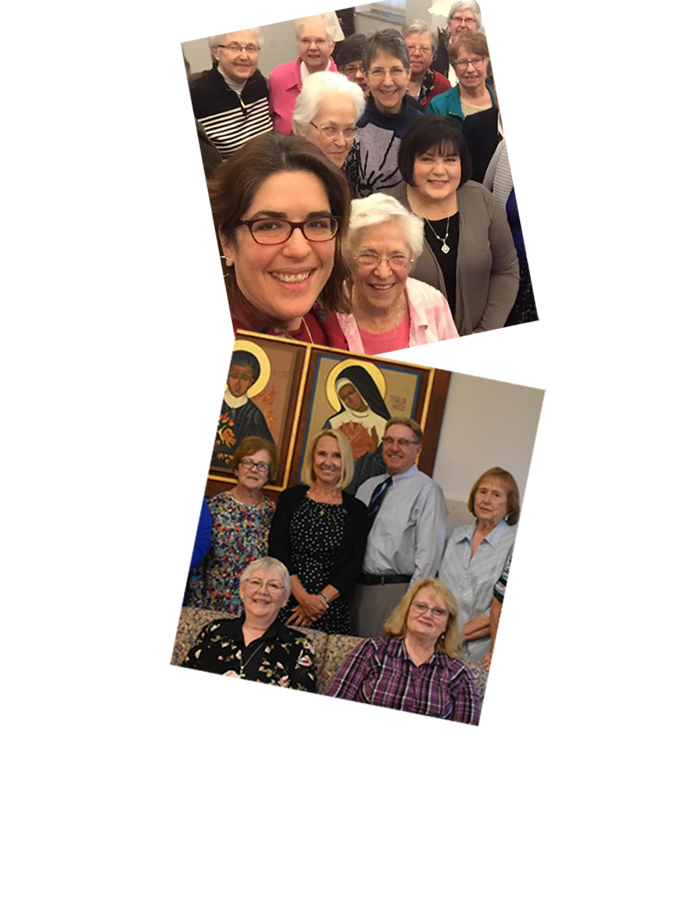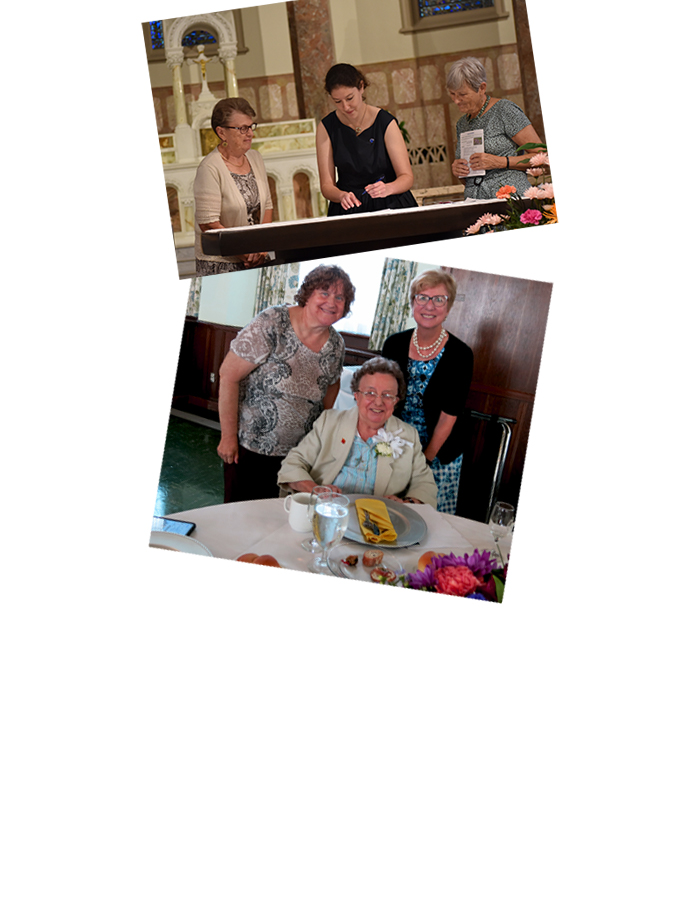Clean air, clean water and healthy soil are birthrights. However, many people do not live in healthy environments. These groups, disproportionately people of low income and people of color, are more likely to live next to polluting facilities and to suffer ill effects from them and are less able to prevent and remedy such inequities due to a lack of political and economic strength. Environmental justice can be measured by quantifying the exposure to pollution in communities surrounding a particular facility; by identifying demographic attributes (race, income, etc.) and the levels of disease of a community; and determining whether a disproportionate exposure to pollution can be linked to harm to human health.
Children are more at-risk to environmental toxic substances than adults. Their smaller size puts them closer to the ground and indoor surfaces, so they are more closely exposed to surface hazards and to the vaporization of these materials. Per pound of body weight, their surface area is about twice that of adults, so absorption of liquid vapor toxins through the skin is almost doubled. The metabolic rate of small children is about twice the rate of adults, leading to proportionately greater food, fluid and oxygen intake. Susceptibility to toxic substances is increased because the organ systems of children are still developing, the immune, reproductive and central nervous systems are not fully mature, and children’s ability to detoxify chemicals may be impaired.
All children are affected by environmental hazards, but children living in poverty and children in racial or ethnic communities are at disproportionate risk for toxic exposure. Three out of five African Americans and Latino Americans live in communities with abandoned toxic waste sites. More than 870,000 of the 1.9 million housing units for the poor, mostly people of color, are within a mile of factories that reported toxic emissions to the EPA. Lead poisoning affects an estimated 890,000 American preschoolers. African American children are five times more likely to suffer from lead poisoning than Caucasian children. African Americans and Latinos are almost three times more likely than whites to die from asthma.
Caught in a spiral of poverty and environmental degradation, the poor and the powerless most directly bear the burden and suffer disproportionally from the effects of environmental problems.
Online Resources
Toxic Town: Michigan’s Most Polluted Zip Code
Bill Kubota, One Detroit/Detroit Public Television for Great Lakes Now, June 19, 2017
Professor Paul Mohai of the University of Michigan’s School of Natural Resources and Environment looked at air quality data in a part of Southwest Detroit, called 48217 for its zip code – predominately African American and surrounded by heavy industry. He found 48217 to be most toxic zip code in Michigan. The upside? 48217 is getting more attention in the neighborhood’s fight for environmental justice there.
Thirsty for Democracy: The Poisoning of an American City: Special Report on Flint’s Water Crisis
Democracy Now, Feb. 17, 2016
A special broadcast on the ongoing Flint water crisis
Rebuilding Trust After Flint: What About the Water in Your City?
By Daniel Moss, YES! Magazine, Feb. 16, 2016
The injuries in Flint, Mich., will persist well beyond its scarred children. It may be some time before families feel reassured enough to drink from their tap. However, with enough investment and public oversight, water can be managed for the public good.
The Refugees of Flint’s Water Crisis
Michelle Chen, Truthout, Jan. 28, 2016
While undocumented immigrants are often wary of interaction with authorities, a new wave of political terror is converging with public health catastrophe in Flint, Mich., with President Obama’s latest deportation drive against Central American asylum-seekers whose pleas for relief have been rejected.
Rejecting Snyder’s Claim, Experts Say Poisoning of Flint Blatant Racial Injustice
Andrea Germanos and Deidre Fulton, Common Dreams, Jan. 22, 2016
Response to this situation, if it would have happened at all, would have been wholly different if it happened in wealthy, white suburb.
Gov. Rick Snyder’s Men Originally Rejected Using Flint’s Toxic River
By Curt Guyette, The Daily Beast, Jan. 24, 2016
An emergency manager said no to using the river in 2012 after speaking to environmental regulators. An ex-Flint official said the governor’s office reversed that decision.
The Poisoning of Flint
Katrina vanden Heuvel, The Nation, Jan. 19, 2016
“The biggest obstacles to desperately needed public investments are politicians like Snyder who conflate ‘accountability’ with austerity.”
Flint Doctor Mona Hanna-Attisha on How She Fought Gov’t Denials to Expose Poisoning of City’s Kids
Democracy Now, Jan. 15, 2016
Dr. Hanna-Attisha headed a September study that found the proportion of children under 5 in Flint with elevated lead levels in their blood nearly doubled following the water switch. State officials initially dismissed those findings, but Dr. Hanna-Attisha refused to accept their denials.
How Flint, Michigan, Saved Money and Poisoned Its Children: City Declares Water Emergency
Democracy Now, Dec. 17, 2015
This is an interview with investigative reporter Curt Guyette of the ACLU of Michigan and Flint resident Melissa Mays. She and her three children have been diagnosed with lead and copper poisoning. She is the founder of Water You Fighting For?, a Flint-based research and advocacy organization founded around the city’s water crisis.
Breast Cancer Prevention Partners
Breast Cancer Prevention Partners works to connect the dots between breast cancer and exposures to chemicals and radiation in our everyday environments.
Detroiters Working for Environmental Justice
DWEJ is a coalition of community leaders, academia, environmentalists and others committed helping Detroiters create an empowered community with the capacity to address environmental concerns and to participate in decision-making activities.
Michigan Environmental Council
Michigan Environmental Council (MEC) provides a collective voice for the environment at the local, state and federal levels. MEC promotes alternatives to urban blight and suburban sprawl; advocates for a sustainable environment and economy; protects Michigan’s water legacy; promotes cleaner energy; and works to diminish environmental impacts on children’s health.
Michigan Network for Children’s Environmental Health
A coalition of health professionals, health-affected groups, environmental organizations and others dedicated to a safe and less toxic world for Michigan’s children
National Institute of Environmental Health Sciences
This large repository of materials covers the full range of environmental health subjects, from allergies to water pollution.
Physicians for Social Responsibility
The website includes fact sheets and other information on air pollution and health, chronic disease and the environment, climate change and health and an energy security initiative.
Science and Environmental Health Network
SEHN encourages the practice of science in the public interest and the accurate interpretation of scientific information; identifies information, ethical concepts and logic that have the potential to provoke essential change; and helps communities, organizations and governments develop and implement sound environmental policies.
Articles/Papers/Study Guides
Toxic Chemicals, Carcinogens Skyrocket Near Fracking Sites
Alan Neuhauser, U.S. News and World Report, Oct. 30, 2014
Oil and gas wells across the country are spewing dangerous cancer-causing chemicals into the air, according to a new study that further corroborates reports of health problems around hydraulic fracturing sites.
Our common home – SEI
For a printed copy, contact Michael Robibaro, Communications Office
Dicastery for Promoting Integral Human Development
Palazzo San Calisto, 00120 Vatican City
P: +39 06698 92745 m.robibaro@humandevelopment.va
Periodicals/Newsletters
E/The Environmental Magazine
Books
Our Stolen Future: Are We Threatening Our Fertility, Intelligence and Survival? By Theo Colburn et al.
Synthetic chemicals are now linked to reproductive problems, neurological and developmental disorders in children, the abnormal functioning of the thyroid, endocrine and immune system and mental and emotional development. Eighty thousand chemicals have been registered with the Environmental Protection Agency in the last 60 years; 20 new chemicals, including pesticides, herbicides, fungicides, industrial detergents and household cleaners, enter the market every week. Few are properly tested.
Living Downstream: A Scientist’s Personal Investigation of Cancer and the Environment By Sandra Steingraber
Writing as a survivor and concerned scientist, the author traces the high incidence of cancer and the terrifying concentrations of environmental toxins in Illinois and shows similar correlation in other communities. A compelling blend of scientific research and gripping memoir.
Protecting Public Health & the Environment: Implementing the Precautionary Principle By Carolyn Raffensperger
A collection of articles first presented at the Wingspread Conference in 1998 in which the term “precautionary principle” was first articulated. The authors discuss how this principle, representing the Hippocratic promise to “first, do no harm,” can influence environmental policy, law and corporate behavior.
And God Saw That It Was Good: Catholic Theology and the Environment Drew Christiansen, S.J., and Walter Grazer (Eds.)
This collection addresses the need for religious believers to approach environmental issues from a theological and pastoral foundation rising from religious tradition.
Audio/Visual/Interactive Resources
A Civil Action
Universal, 1998
John Travolta plays a civil lawyer involved in a decade-long case in a Massachusetts town where two wells supplying water are found to be contaminated with industrial solvents, the reason for the unusually high rate of leukemia among local children.
Erin Brockovich
Universal, 2000
Julia Roberts stars in this true story of Erin Brockovich, a single mother of three who, after losing a personal injury lawsuit, asks her lawyer to help her find a job. While working as a file clerk in his office, she discovers a systematic cover-up of the industrial poisoning of the city’s water supply, which threatens the health of the entire community.










